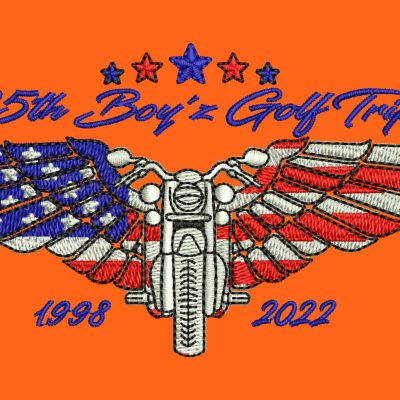Inexpensive Digitizing for Embroidery: Precision and Detail
Grasping the Embroidery Digitizing Refine: Your Ultimate Guide
Needlework digitizing is a thorough craft that requires accuracy and expertise to convert intricate designs into digital layouts for maker embroidery. As artisans get started on this journey to understand the embroidery digitizing process, an extensive understanding of the basics sets the structure for excellence.

Understanding Needlework Digitizing Basics
Needlework digitizing essentials develop the structure whereupon elaborate layouts are converted right into machine-readable layouts for specific stitching. This initial action in the embroidery digitizing procedure is crucial for guaranteeing that the last embroidered product is a devoted depiction of the initial layout. Recognizing embroidery digitizing essentials involves grasping crucial concepts such as stitch kinds, sew instructions, density, underlay, and draw payment.
Sew types play a vital function in establishing the visual and textural result of the embroidered style. By selecting the proper stitch kind, whether it be satin, fill, or running stitch, digitizers can attain the preferred impact and boost the general high quality of the needlework. In addition, stitch instructions influences the flow and measurement of the layout, while density figures out the spacing and coverage of the stitches.
Moreover, underlay stitching offers security to the design by securing the textile and protecting against distortion during the embroidery process. Pull compensation is one more vital factor to consider to combat the natural tendency of fabric to contract when sewn. Mastering these needlework digitizing basics is essential for producing professional-quality embroidered items.
Selecting the Right Digitizing Software Program
Picking the suitable digitizing software is an important decision that substantially impacts the effectiveness and high quality of the embroidery digitizing procedure. Digitizing for Embroidery. When choosing the best digitizing software program, it is necessary to consider factors such as the complexity of designs you intend to develop, the user-friendliness of the software, the level of customer support offered, and the compatibility with your embroidery machine
There are numerous digitizing software program choices available in the marketplace, ranging from basic programs for beginners to sophisticated software program for specialist digitizers. Some prominent options include Wilcom EmbroideryStudio, Hatch Needlework Software, and PulseID. These software use a wide variety of tools and functions to aid a fantastic read you develop detailed styles effortlessly.
Before deciding, it is recommended to discover the various software program choices via free trials or demos to identify which one ideal fits your requirements. In addition, checking out testimonials and seeking suggestions from knowledgeable digitizers can supply valuable insights into the toughness and weaknesses of each software (Digitizing for Embroidery). By thoroughly evaluating your needs and contrasting the functions of various digitizing software, you can make an enlightened option that improves your needlework digitizing workflow
Digitizing Devices and Techniques

Optimizing Style Settings for Embroidery
Understanding the ins and outs of style setups is basic in achieving optimum results in the embroidery digitizing procedure, structure upon the foundation laid by recognizing digitizing tools and strategies. When optimizing layout settings for needlework, it is necessary to think about aspects such as stitch kind, thickness, padding, draw settlement, and registration. Registration settings line up various components of the layout accurately, maintaining total style honesty.

Troubleshooting Common Digitizing Issues
When experiencing usual digitizing issues throughout the needlework process, it is necessary to understand the root creates and execute efficient solutions quickly. One usual issue is stitch thickness concerns, where stitches may be as well thick, creating the fabric to pucker, or as well thin, leading to spaces why not find out more in the style. Readjusting the stitch density settings in the digitizing software application can aid settle this concern.
One more constant obstacle is string breaks during the embroidery process. This can happen because of numerous factors such as wrong stress settings, dull needles, or using low-quality thread. Making sure correct upkeep of the needlework equipment, including regular needle changes and tension adjustments, can reduce the incident of thread breaks.
Additionally, style enrollment errors can lead to misaligned aspects within the embroidery style. Checking the design alignment navigate here in the digitizing software and making required modifications prior to stitching can help in avoiding this issue. By addressing these usual digitizing concerns without delay and properly, you can make certain a smoother needlework process and premium finished products.
Verdict
To conclude, understanding the needlework digitizing process calls for a strong understanding of the essentials, the right choice of software application, and understanding of tools and techniques. Maximizing style settings and troubleshooting usual digitizing problems are important action in making certain top notch embroidery results. By adhering to these actions faithfully, one can achieve accuracy and effectiveness in the digitizing process.